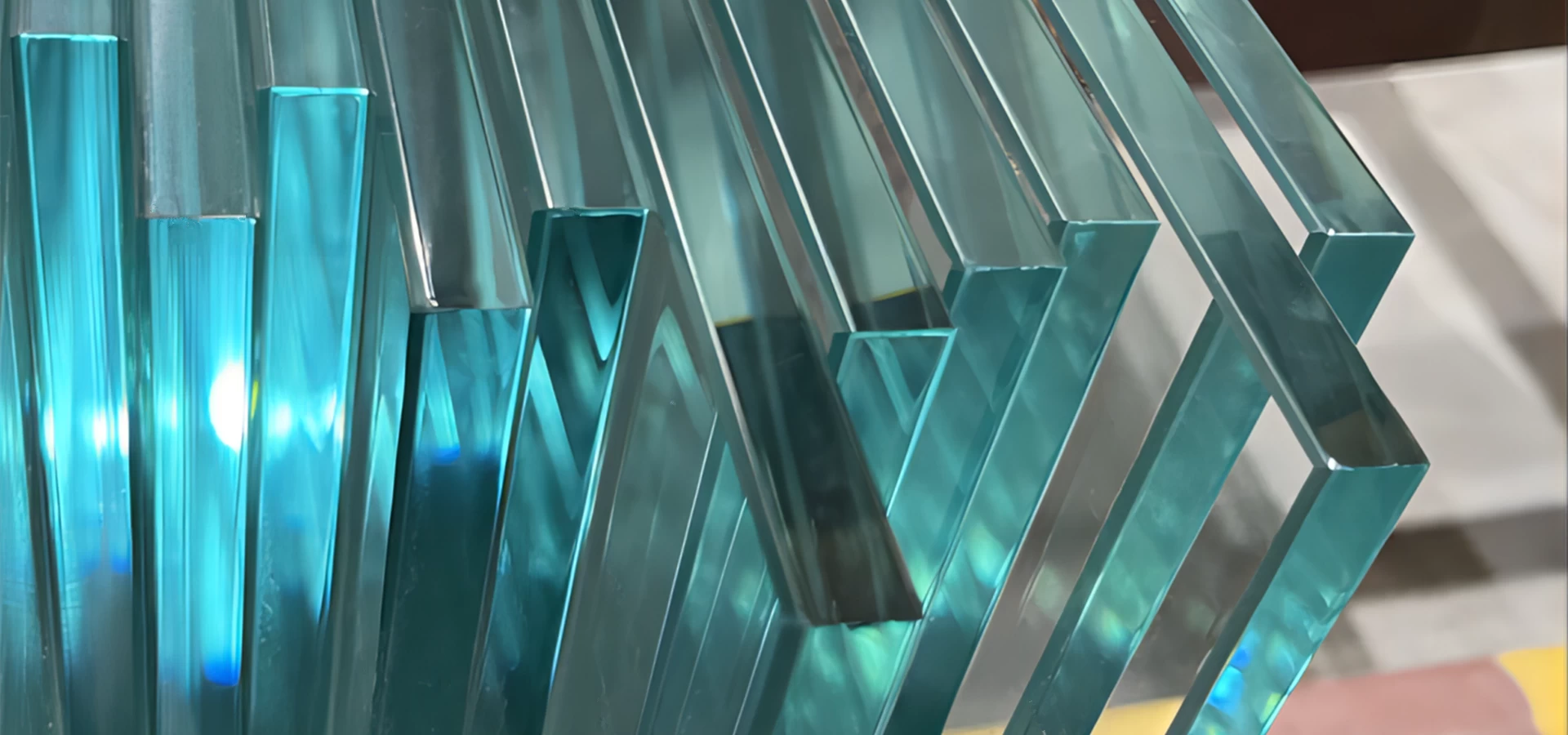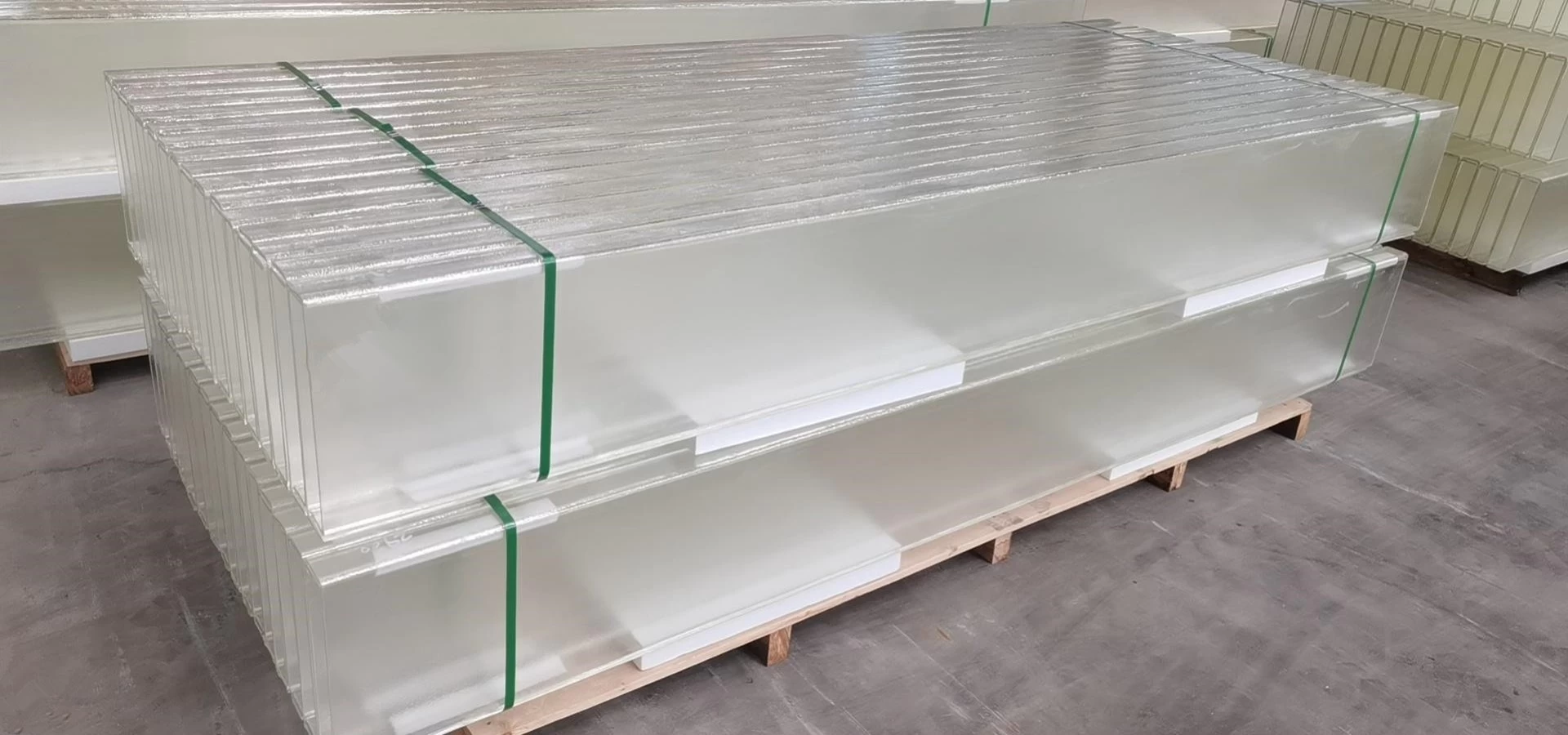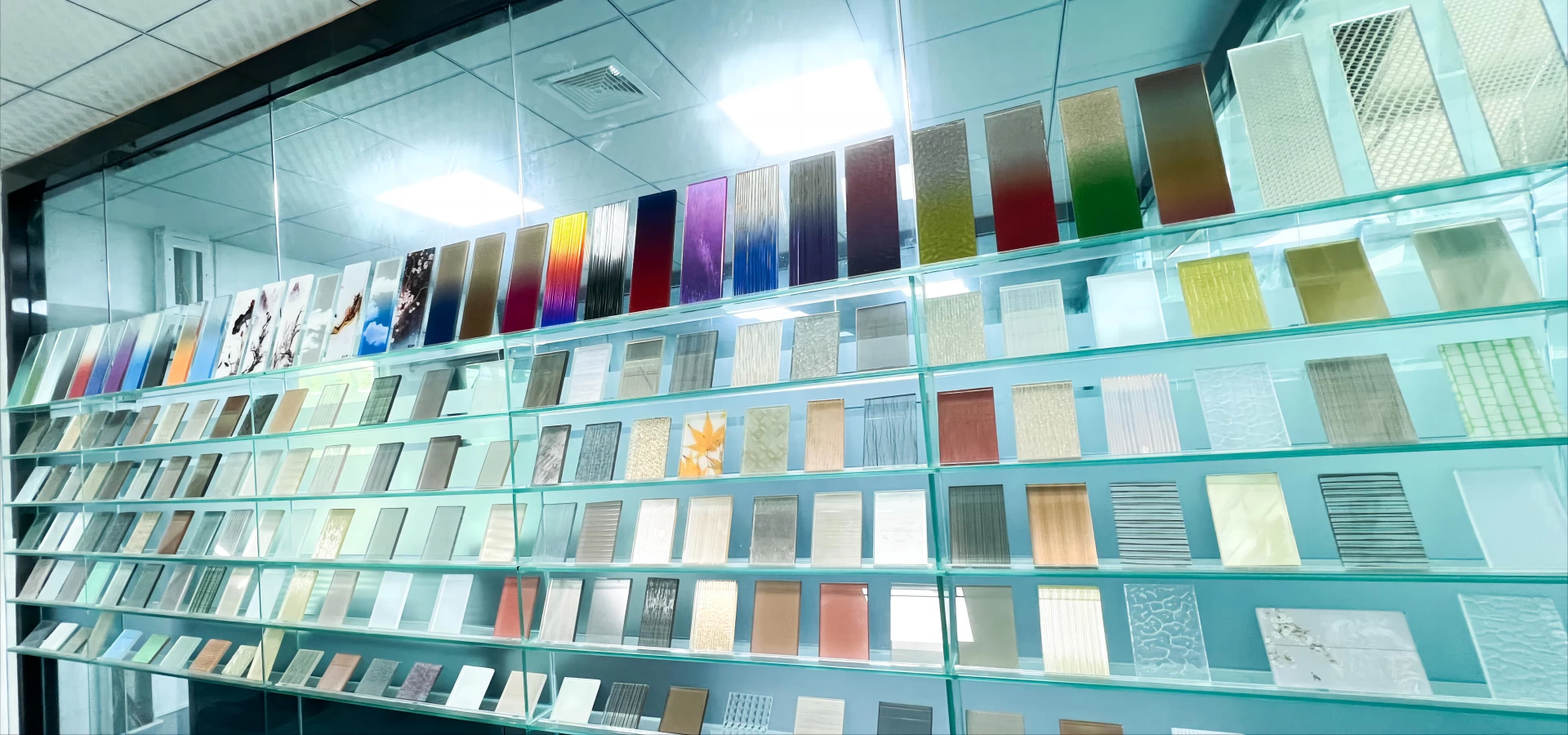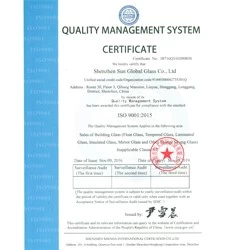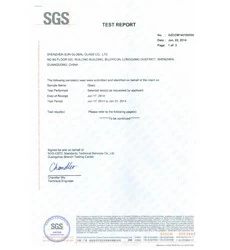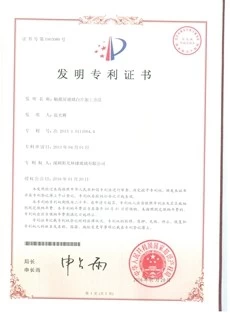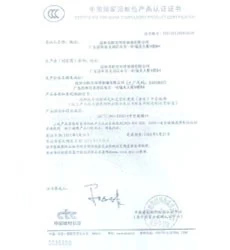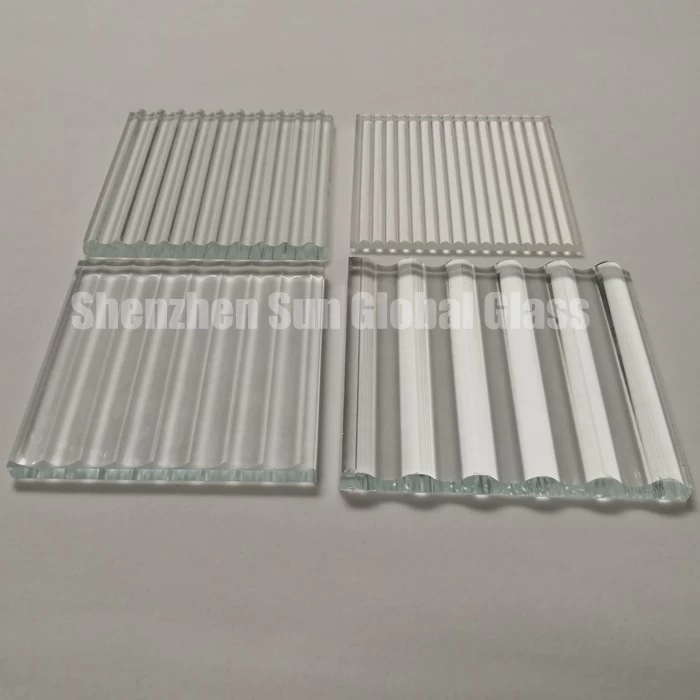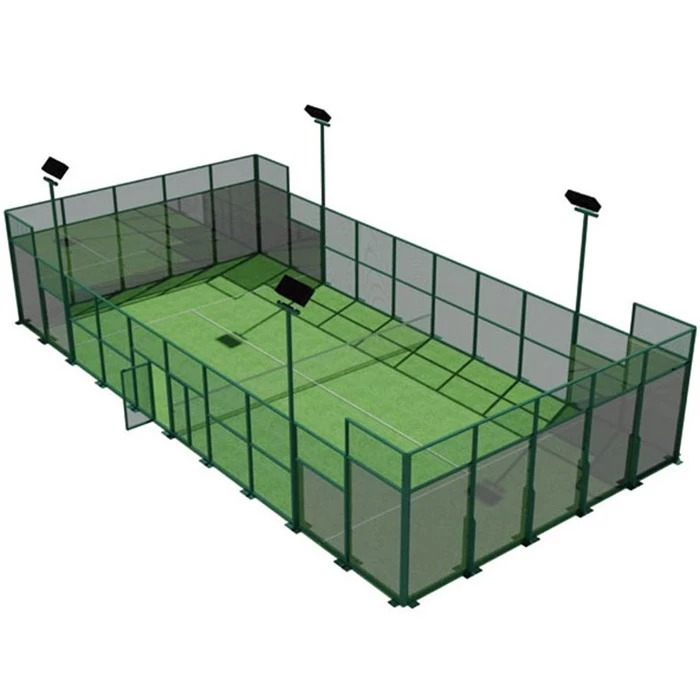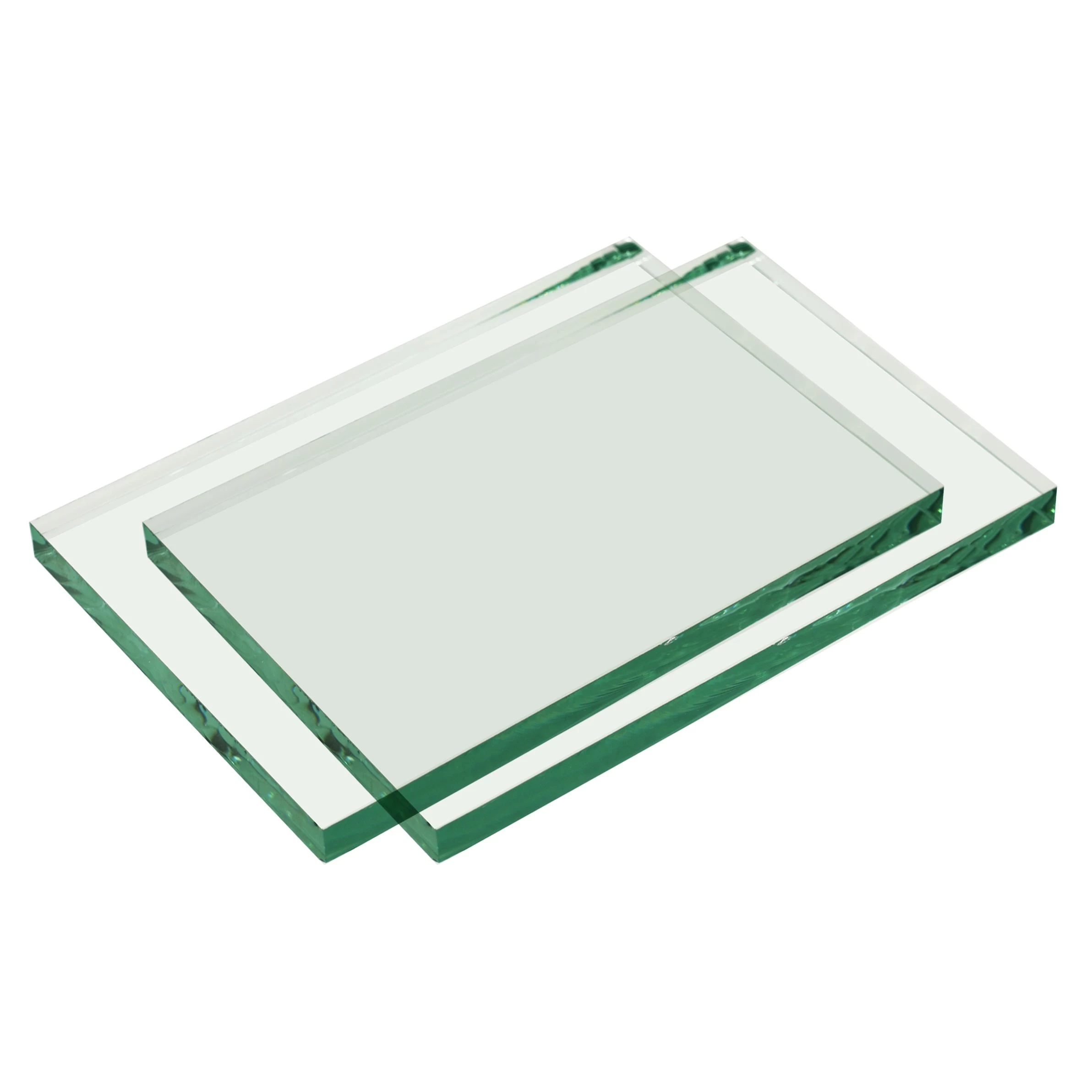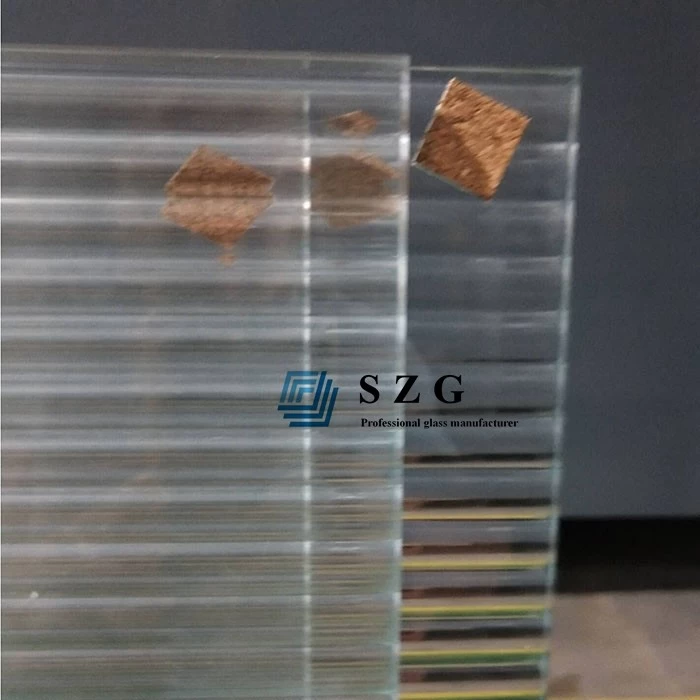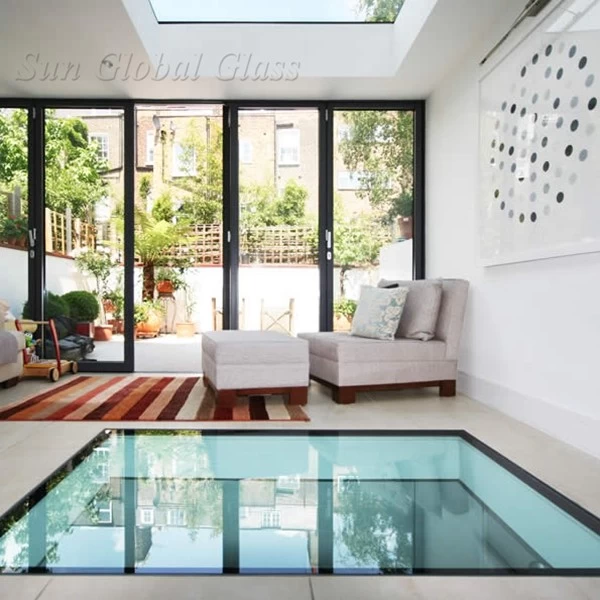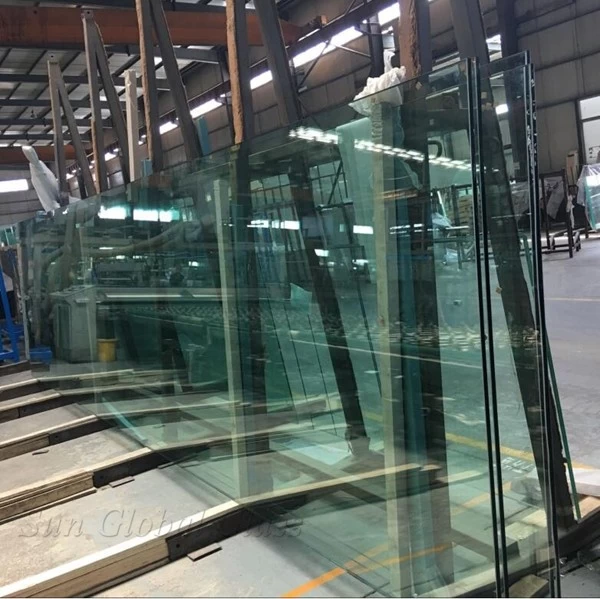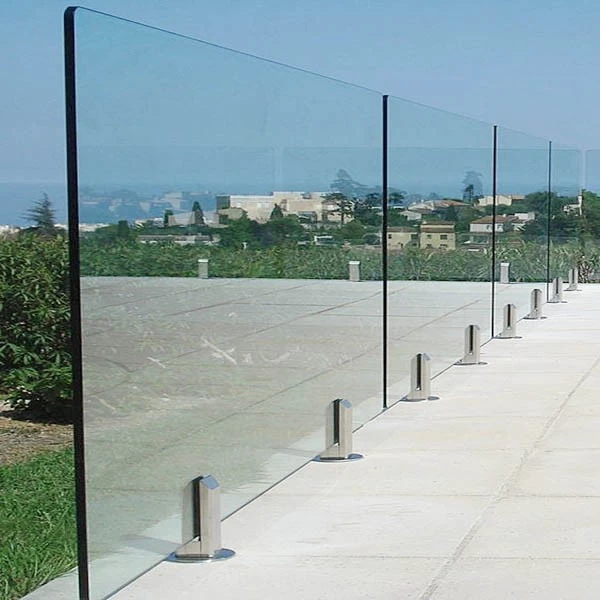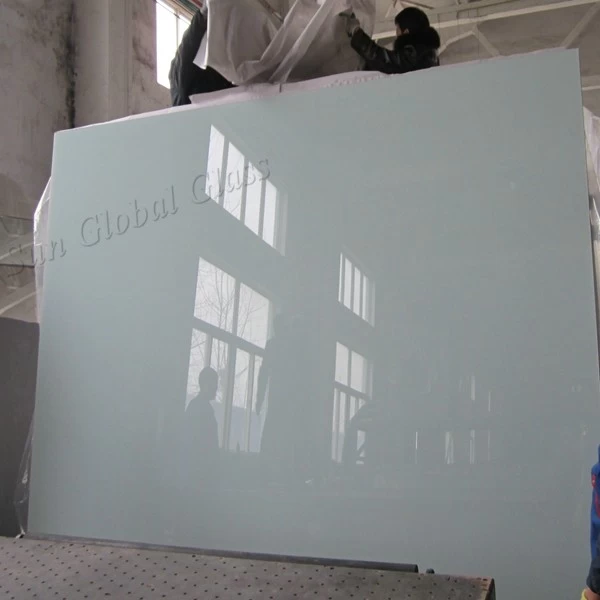Why use laminated glass and its advantages & disadvantages?
Brenda
www.sggglassmanufacturer.com
2016-11-16 09:23:38
If an object slams into the glass façade of a high-rise building, the glass must not shatter and fall down, because it could harm pedestrians below. In addition, the window panes must hold if a person were to fall against it from the inside. Architects and builders therefore must use something stronger than toughened safety glass on the façades of high rise buildings.
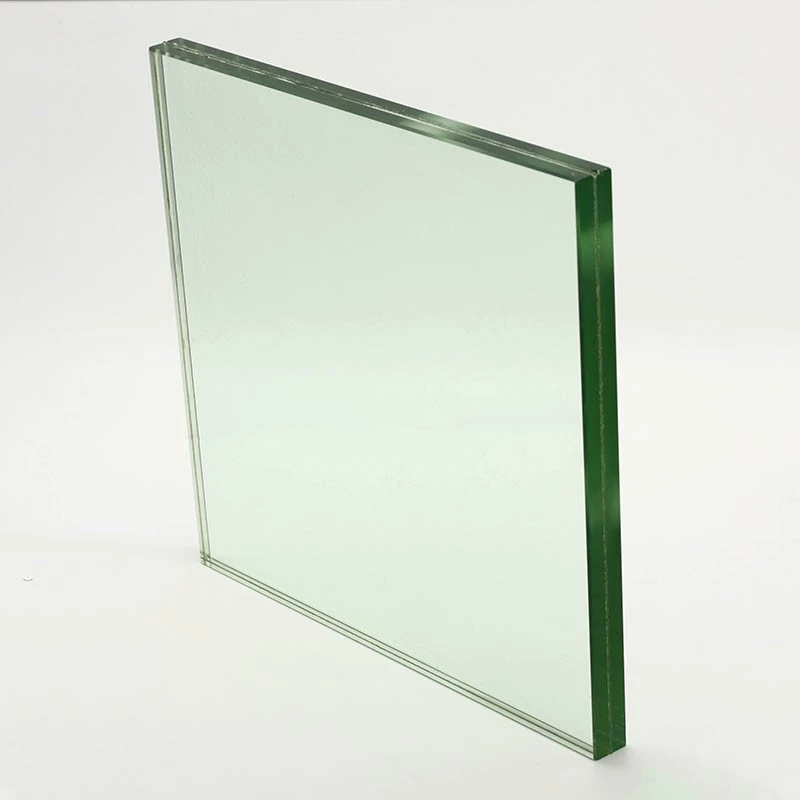
The same applies to the windshields on cars. Safety glass prevents passengers in an accident from getting hurt by glass shards. And shop windows made of safety glass are expected to reliably safeguard the displayed goods from thieves.
The principle behind laminated safety glass: a tear-proof and adhesive film is inserted between two panes of glass, thus making the glass shock resistant. If glass shattered, the glass fragments stay captured by the film. There are three types of film for laminated glass, laminated glass EVA, laminated glass PVB, and laminated glass SGP. The SGP glass is most strong glass which is hurricane resistance.
Safety laminated glass panes are produced in panels which are subsequently cut-to-size as required. Since the inserted film is tear-proof, the glass pane cannot simply be cut apart. First, both glass panes encasing the film are carved and fractured. Then, the break line is heated with an infrared heating element. The heat softens the film, and the halves are forcibly pulled apart until a knife can be guided through the gap. But this method has a drawback: It only allows for straight-line cuts.
If architects want extravagantly shaped windows, like round ones, the standard practice is for the safety glass panes to be carved and detached by hand. However, the resulting gap is too small to allow enough space for a knife, which could also inadvertently sever the film. To widen the gap, and ultimately to be able to cut the desired form, the film is softened with heat by applying alcohol and setting it alight. A new method will soon be able to circumvent this dangerous procedure.
To know more about laminated safety glass and other glass products, please visit our website: www.sggglassmanufacturer.com



